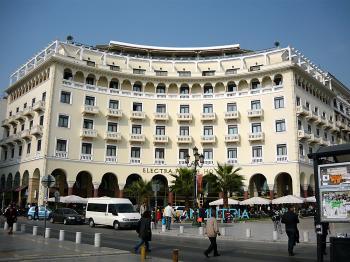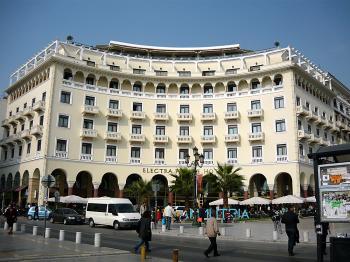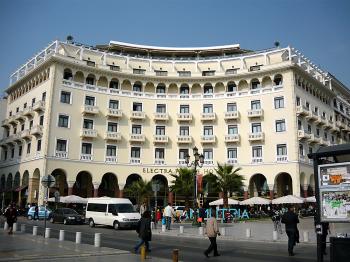The olive began its journey in Africa. Later it was spread by the Phoenicians to Morocco, Algeria, and Tunisia. In Europe, the tree was first cultivated in Crete more then 5000 years ago.
Around 600 B.C. the olive tree reached Greece, Italy, and other Mediterranean regions.
The city of Athens was named after the Goddess Athena who brought an olive tree. For the Greeks, the olive isn’t only a symbol of peace, wisdom, and victory, but also of national pride.
‘Yaso, Yaso …Where to?’
‘Yaso, Yaso…’ greets us from a young man at the security check point of the freeway, he continues, “Where are you going to?” ‘Yaso’ is the word for ‘hello’ in the Greek language. The bus slowly passes through the border between Bulgaria and Greece, and it dives into the Mediterranean climate of this southern country.
Gradually the bus picks up speed on the freeway and suddenly the landscape changes. Greece, located at the southeast corner of Europe, is considered the southernmost country in the Balkan Peninsula.
Soon after crossing the border, perfectly lined up and trimmed fields of olive trees are revealed before the eye. Interestingly enough, every kilometer has a small chapel with candles and fresh flowers. ‘The people here are keen on this; everything has to be bright, clean, and ordered,’ says our travel guide George.






